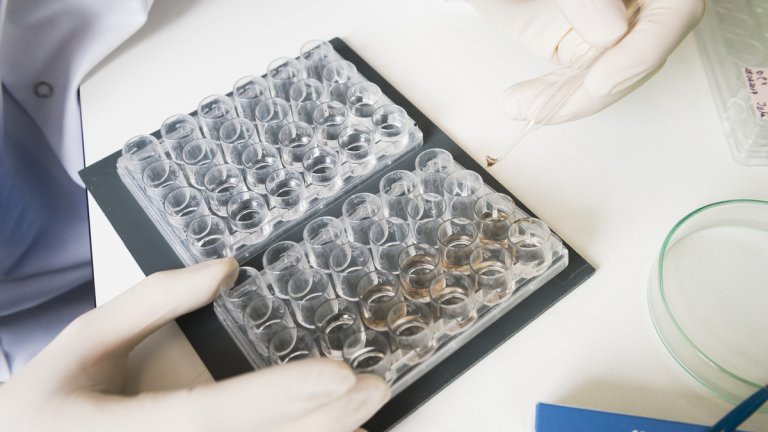
153 media
Add to my selection
Photo
20170048_0153
Dépôt du myxomycète, "Physarum polycephalum", dans une boîte de Petri humidifiée
Our work is guided by the way scientists question the world around them and we translate their research into images to help people to understand the world better and to awaken their curiosity and wonderment.